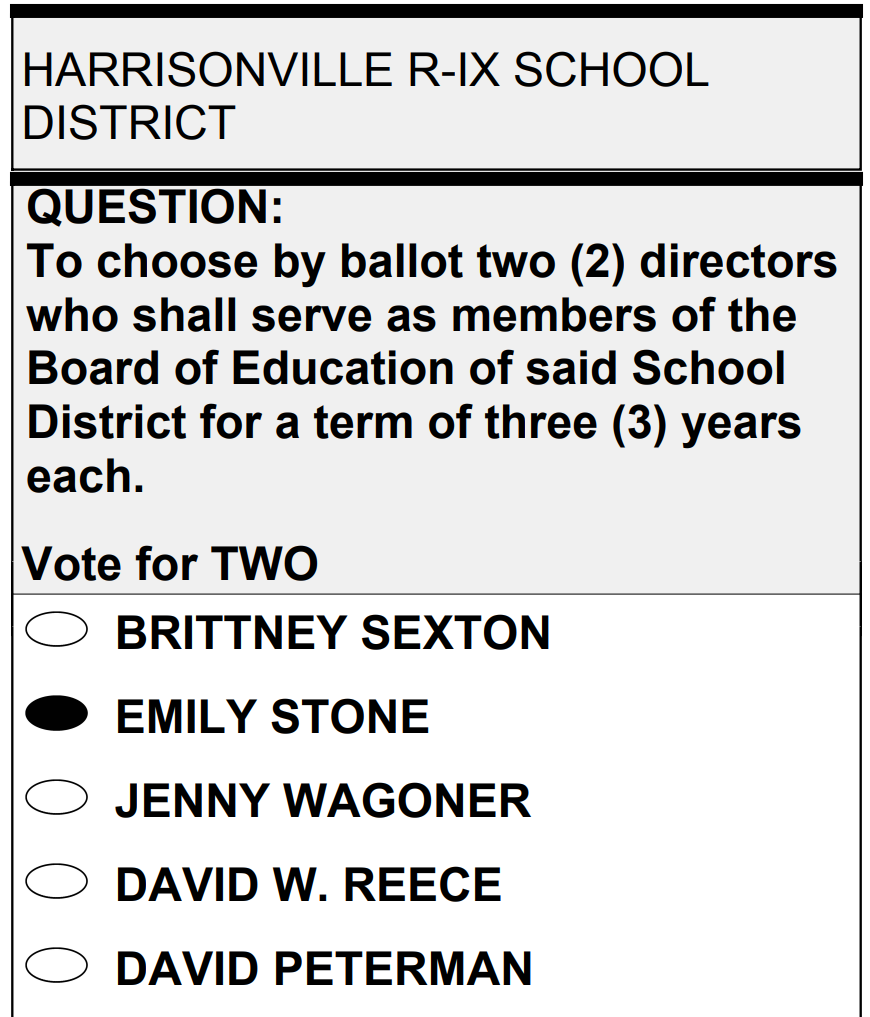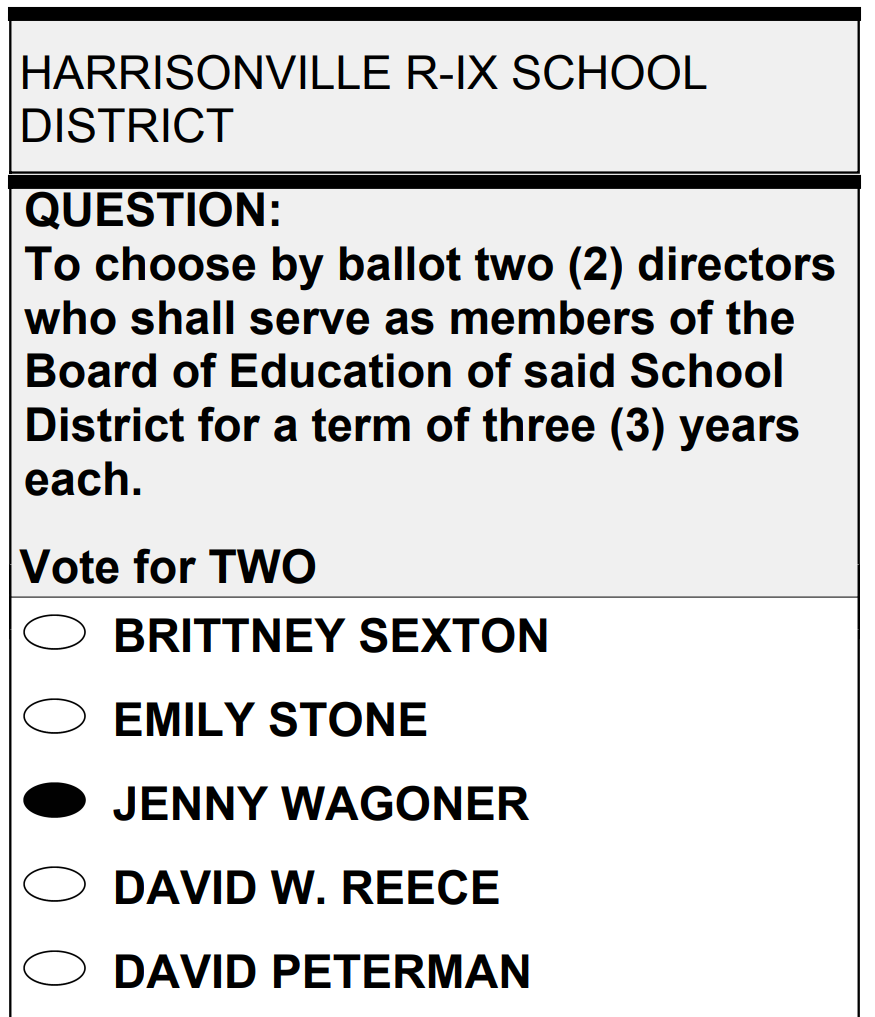As a part of an ethnographic study on blockchain organizations, I recently attended two major conferences – Dcentral Con and Consensus – held back-to-back in Austin, Texas during a blistering heatwave. My collaborator, Johannes Lenhard, and I had conducted a handful of interviews with angel investors, founders, and venture capitalists, but we’d yet to conduct any fieldwork to observe these types of operators in the wild. Dcentral, held at Austin’s Long Center for the Performing Arts, and Consensus, held at the Austin Convention Center and other venues throughout downtown, provided the perfect opportunity. The speaker and panel topics at both conferences varied widely–from non-fungible tokens (NFTs), to the metaverse, to decentralized finance (DeFi). At both conferences an underlying debate regarding the role of established institutions repeatedly bubbled to the surface. The differences between the two conferences themselves offered a stark contrast between those who envision a new frontier of crypto cowboys dismantling existing social and economic hierarchies and those who envision that same industry gaining traction and legitimacy through collaboration with regulators and the traditional financial (aka “TradFi”) sector.
Dcentral was populated by scrappy developers of emerging protocols, avid gamers, and advocates for edgy decentralized autonomous organizations (DAOs), such as Treat DAO, which allows adult content creators to sell “NSFW” (i.e., not safe for work) NFTs. Attendees at Dcentral sported promotional t-shirts and sneakers, and a few even showed up in Comic Con style garb, flaunting flowing white togas and head-to-toe blue body paint. Over the course of Dcentral, many speakers and attendees crafted passionate arguments around common libertarian talking points–self sovereignty, individualism, opposition to the Federal Reserve, and skepticism about government oversight more broadly. Yet governments were not the only institutions drawing the ire of the Dcentral crowd. Speakers and attendees alike took aim at corporate actors from traditional finance systems as well as venture capital (VC) firms and accredited investors.
Perhaps the most acerbic critique of institutionalization in the crypto sector was issued by Stefan Rust, founder and CEO of Laguna. Wearing a white cowboy hat, he opened his presentation [see 3:19] with a criticism of protocols that impose undesirable “middlemen” between the user and their intended transactions:
“This is what we want to avoid. We invited these institutions into our ecosystem and we now have layers, on layers, on layers that have been created in order to take a decentralized peer-to-peer electronic cash ecosystem to fit a traditional, TradFi world, the system that we’ve been fighting so hard since 2008 to combat […]. Do we want this? I don’t know. I didn’t sign up to get into crypto and Bitcoin and a peer-to-peer electronic cash system for multiple layers of multiple middlemen and multiple fees”
Stefan Rust, Laguna
In his view, increasing involvement of institutional actors could lead to “SSDD.” That is, same shit, different day, which according to Rust, is exactly what the ecosystem should be dismantling.
Consensus, held directly after Dcentral, had an entirely different feel. In contrast to the casual dress of Dcentral, many attendees at Consensus wore conservative silk dresses, high heel pumps, or well-tailored suits, despite temperatures that topped 100 degrees just outside the conference center doors. In a panel aptly entitled, “Wall Street Suits Meet Hoodies,” Ryan VanGrack, a former advisor at the Securities and Exchange Commission (SEC), opened with a comment about how he felt uncomfortably informal in his crisp button-down shirt, slacks, and pristine gray sneakers. According to one marketer at a well-known technology company, the cost of hosting a booth on the exhibit floor was in the neighborhood of 75K. This was not the ragtag gang of artists and emerging protocols from Dcentral; these people were established crypto players who saw the pathway to revolution as running straight through the front door of institutions rather than by burning them to the ground.
Like Dcentral, speakers and panelists at Consensus called for the reform of the financial industry, often similarly drawing from libertarian values and arguments; however, unlike Dcentral, many at Consensus emphasized that regulation of the crypto industry is not only warranted, but necessary to expand its scope and market adoption. According to them, the lack of regulation has imposed an artificial ceiling on what the crypto sector can achieve because retail investors, would-be protocol founders, and institutional players are still “waiting on the sidelines” for regulatory clarity. This position was not merely abstract rhetoric. Current and former government actors such as Rostin Behnam, Chairman of the Commodity Futures Trading Commission (CFTC) as well as Senators Kirsten Gillibrand, Cynthia Lummis, and Pat Toomey, participated in panels. These panels focused on the role of regulation in the crypto ecosystem, such as measures that preserve innovation while also preventing catastrophic failures such as the recent collapse of Terra, which financially decimated many retail investors.
At Consensus, advocates of institutionalization were no less enthusiastic in their endorsement of the mission of crypto and web3 than the anti-institutionalists at Dcentral. In other words, they too were true believers, just with a different theory of change. On Friday night I was invited to attend an event hosted by Pantera Capital, a top-tier crypto VC fund. I mentioned to one of the other attendees that I had attended Dcentral. His face pulled into a grimace. “Why the look of disgust?” I asked. He clarified that while “disgust” was too strong of a word, he felt that events like Dcentral delegitimize what the industry seeks to accomplish. Rather than being the true embodiment of the web3 ethos, he felt these crypto cowboys and their antagonistic rhetoric risked undermining the very efforts that were likely to have the biggest impact.
At the conference, panelists and attendees referred to Terra as the “elephant in the room.” But it struck me that personal wealth and its tension with the crypto vision was a much bigger and far less acknowledged elephant. Possibly the only speaker to directly and unambiguously call attention to this was Assistant Professor of Law Rohan Grey. In a panel entitled “Who Should be Allowed to Issue Digital Dollars,” Grey noted that as the “resident pet skeptic” he would act as a rare detractor to the “self-congratulatory industry love-fest” or “circle jerk” that would unfold at Consensus. Establishing common ground with the crypto community, he noted that he too supported efforts to resist “Big Brother as well as Wall Street and Silicon Valley.” But then he offered a withering critique of crypto industry actors, especially those with ties to the established financial sector:
“We should be very clear about the difference between private, for-profit actors providing public goods for their own material benefit and actual public goods. So, who are the people who want to issue digital dollars if not the government? We’re talking about licensed limited liability companies backed by venture capitalists, many of whom are standard Wall Street actors. We’re talking about people with a fiduciary responsibility to a particular group of shareholders. We’re talking about decisions being made on behalf of the public by private individuals who are there only because of their capacity to hold wealth initially, and those actors will then be lobbying for laws favorable to themselves in government and creating the same revolving door that we’ve seen with Wall Street for decades.”
Rohan Grey, Assistant Professor at Willamette University College of Law
The idea that private sector actors who made their fortunes in the traditional financial sector could serve as the vanguard of a financial revolution certainly merits scrutiny. Yet, even if somewhat dubious, it is at least possible that these actors, having seen from the inside the corruption and ill-effects of existing financial institutions, could leverage their insight to import better, more democratic values into an emerging crypto financial system. Along these lines, one man I chatted with at an after party said it was his experience witnessing what he felt were morally reprehensible, exploitative lending policies while working at a bank that ultimately pushed him to adopt the crypto vision. Still, more than a little skepticism is warranted given that institutional or even anti-institutional actors stand to materially benefit from greater adoption of crypto and its associated technologies, a point that Grey himself underscored.
Following such skepticism, a cynical take is that people will always behave in alignment with their own incentives, even when doing so causes harm to others. I have heard people espouse exactly this sentiment when excoriating scams, NFT “rug pulls,” or even failed DeFi applications. Yet such a bleak view of humanity is overly simplistic given the body of empirical data about human prosocial behavior (e.g., Fehr, Fischbacher & Kosfeld, 2005). People can and often do behave in ways that are altruistic or in the service of others, even at a cost to themselves. Many advocates both for and against institutionalization of the web3 and cryptocurrency sector are likely motivated by a sincere desire to benefit their fellow man. But intentions aren’t the only thing that matters. The positive and negative real-world impacts of blockchain applications both direct and indirect are critical. Whether this increasingly institutionalized sector will spark a real revolution or further entrench SSDD remains to be seen.


